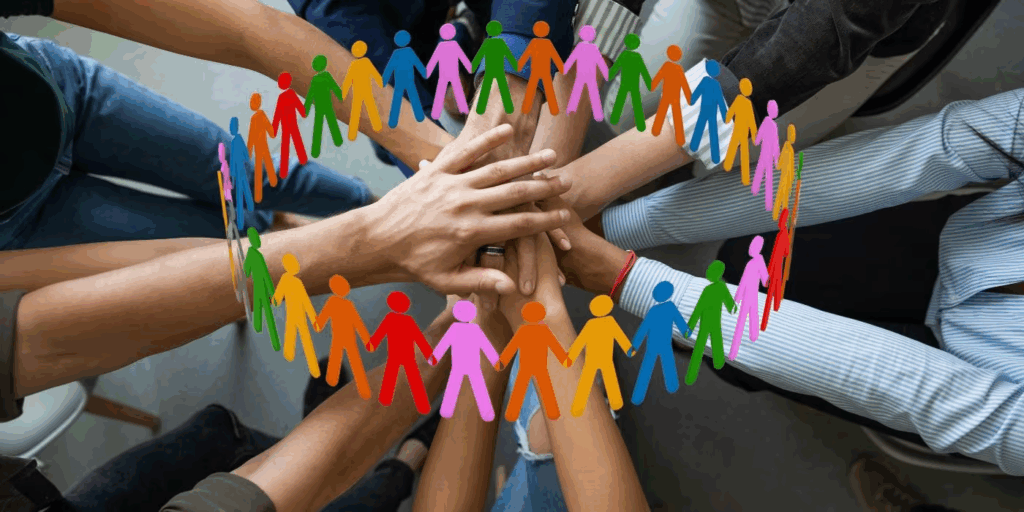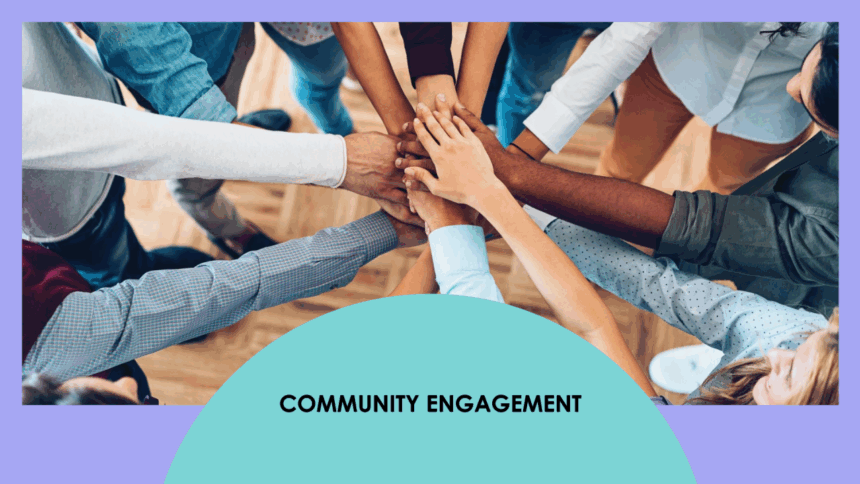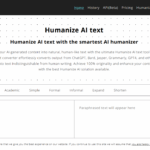In this article, I will discuss the Why Community Engagement Is Crucial in Preparedness Efforts. When neighborhoods help shape plans and step up during crises, they bounce back faster, stay in touch more easily, and make sure strategies fit what people really need.
Bringing everyone to the table builds trust, speeds up response, and creates fair, working systems that can save lives and smooth recovery after trouble hits.
Overview
Natural disasters, health outbreaks, and other emergencies keep hitting headlines, reminding us how quickly life can turn upside down. Because these events show up with little warning, getting neighborhoods actively involved in prep work matters more now than ever.
No local government, charity, or rescue squad can handle every crisis by itself; they lean on the everyday people who know their areas best and will be there when sirens wail. Community engagement is simply the act of joining forces with residents—including those who may be first to feel the pinch—to tackle problems that touch everyone.
When officials and locals cooperate, plans grow stronger, messages travel faster, and solutions fit the real heartbeat of the neighborhood. In this piece, we ll dig into the reasons that putting communities front and center makes emergency readiness truly work.
Why Community Engagement Is Crucial in Preparedness Efforts

Empowers Local Knowledge and Action
Empowering local knowledge and action is fundamental to effective preparedness efforts. People living in a community know their streets, weather patterns, and even their neighbours stories better than anyone else. By bringing these residents into the planning room, officials learn about time-honoured warning signs, at-risk spots, and supplies hiding in local sheds.
Plans based on such shared knowledge feel real, fit local customs, and are far more likely to be used when trouble shows up. Community members can also spot the elderly, disabled, or otherwise isolated folks who might need a hand during a flood or quake. This sense of ownership turns neighbours into allies, making safety a joint mission instead of a one-way delivery of aid.
Builds Trust and Cooperation
Trust and teamwork between local authorities and communities are key to effective disaster preparedness. When people are asked to help shape plans, they feel seen and appreciated. That feeling of being included builds confidence, so residents are more likely to heed official advice when trouble strikes.
Honest, two-way talk also chips away at old grudges, especially in places where suspicion of government or aid groups runs deep. Once that trust takes root, cooperation flourishes- neighbors join training drills, pass along warnings, and lend a hand to each other. In the end, a united community works faster and smarter, turning scattered efforts into a quick, organized emergency response.
Promotes Faster and More Effective Responses

When neighbors know the plan and each other, they can spring into action in an emergency, sometimes before any outside help arrives. Community members usually show up first during disasters, so their readiness can lower injury rates and limit damage.
Trainings, drills, and simple public reminders teach people how to respond to fires, floods, quakes, or disease outbreaks. Well-informed neighbors can start evacuations, give basic first aid, and pass along lifesaving updates, which often shapes the final outcome.
Fosters Resilience and Self-Reliance
Getting involved with local projects gives people a sense of ownership. When neighbors help plan meetings, train together, or set up emergency kits, they feel more capable of handling tough times.
That confidence sticks around long after the event, cutting down the communitys need for outside help. Because they have already built skills, contacts, and shared resources, these groups bounce back faster when disaster strikes. They, in turn, look out for each other, weaving a strong social network that speeds recovery.
Improves Resource Allocation and Planning
Working closely with the community makes disaster planning smarter and fairer, because local people know what everyday life really looks like. Neighbors can point out exactly where floods usually sneak in, which back roads go dark after rain, or which apartment block never seems to get the warning siren, so decision-makers can put trucks and money in the right spots first.
At the same time, residents highlight home-grown resources and champions-school halls, church basements, or seasoned volunteers-that are ready to step up when trouble hits and can be woven into the bigger plan. By listening before a crisis, planners dodge wasteful mix-ups, stretch every dollar, and build answers that fit the community instead of forcing the community to fit the plan .
Encourages Inclusive Planning
Community engagement makes planning fairer because it makes sure everyone–especially those who are often left out–gets a chance to speak up. Seniors, people with disabilities, women, children, and minority groups usually run into different problems when an emergency hits. When these specific voices join the preparedness talks, we can spot those problems earlier and build plans that really work for everybody.
This might mean having alerts in several languages or designing shelters that wheelchairs can roll into. By planning this way, we not only improve the response itself but also show respect, build trust, and treat each neighbor with the dignity they deserve long before a disaster strikes.
Strengthens Communication Channels

Good communication is the backbone of any emergency response. When communities are truly engaged, they act as two-way message centers, passing along official news and letting decision-makers know what they see and hear.
This loop makes situational reports richer and helps public messages hit closer to home. Local leaders, faith groups, youth clubs, and even neighborhood radio shows play vital roles, reaching people who may never tune in to national media.
Promotes Sustainable Preparedness
Once people are included, being ready for an emergency evolves into a daily habit, not just a project that ends after a drill. Active residents review, practice, and champion preparedness whenever the seasons change.
Schools, offices, and homes weave emergency plans into their routine, passing the knowledge to kids, neighbors, and newcomers. That kind of steady commitment matters, because disasters rarely knock first before they strike.
Conclusion
To wrap things up, good emergency planning really starts in the community. When local people share what they know, trust grows, resources are used better, and nobody gets left out. Communities that are in the loop bounce back faster, handle problems with less fuss, and often step up on their own when trouble hits.
By pulling everyone into the planning and the doing, we build a united front that protects lives and cuts the damage that drags on for years. With bigger and trickier disasters on the horizon, spending time and energy on real, two-way community ties moves from being smart to being absolutely necessary.














